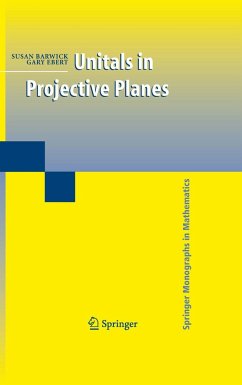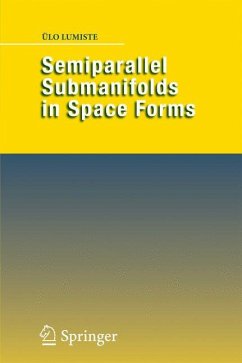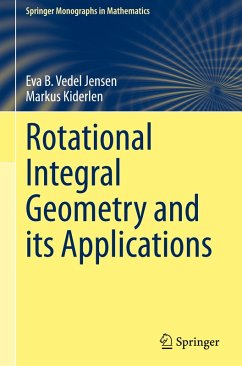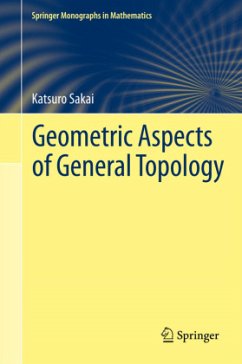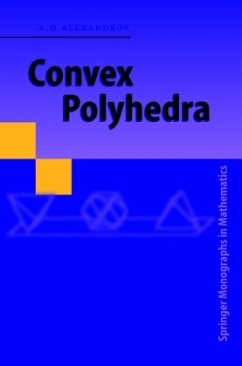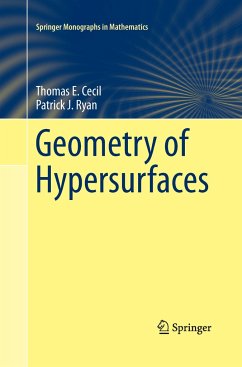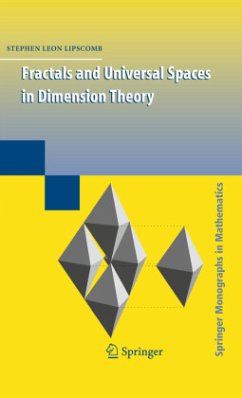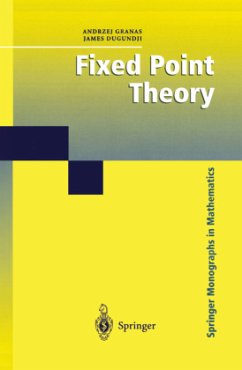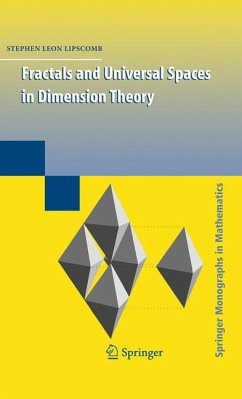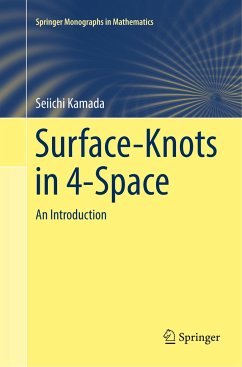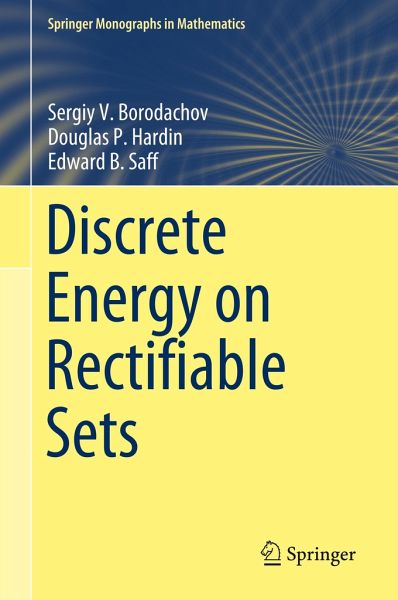
Discrete Energy on Rectifiable Sets

PAYBACK Punkte
54 °P sammeln!
This book aims to provide an introduction to the broad and dynamic subject of discrete energy problems and point configurations. Written by leading authorities on the topic, this treatise is designed with the graduate student and further explorers in mind. The presentation includes a chapter of preliminaries and an extensive Appendix that augments a course in Real Analysis and makes the text self-contained. Along with numerous attractive full-color images, the exposition conveys the beauty of the subject and its connection to several branches of mathematics, computational methods, and physical...
This book aims to provide an introduction to the broad and dynamic subject of discrete energy problems and point configurations. Written by leading authorities on the topic, this treatise is designed with the graduate student and further explorers in mind. The presentation includes a chapter of preliminaries and an extensive Appendix that augments a course in Real Analysis and makes the text self-contained. Along with numerous attractive full-color images, the exposition conveys the beauty of the subject and its connection to several branches of mathematics, computational methods, and physical/biological applications.
This work is destined to be a valuable research resource for such topics as packing and covering problems, generalizations of the famous Thomson Problem, and classical potential theory in Rd. It features three chapters dealing with point distributions on the sphere, including an extensive treatment of Delsarte-Yudin-Levenshtein linearprogramming methods for lower bounding energy, a thorough treatment of Cohn-Kumar universality, and a comparison of 'popular methods' for uniformly distributing points on the two-dimensional sphere. Some unique features of the work are its treatment of Gauss-type kernels for periodic energy problems, its asymptotic analysis of minimizing point configurations for non-integrable Riesz potentials (the so-called Poppy-seed bagel theorems), its applications to the generation of non-structured grids of prescribed densities, and its closing chapter on optimal discrete measures for Chebyshev (polarization) problems.
This work is destined to be a valuable research resource for such topics as packing and covering problems, generalizations of the famous Thomson Problem, and classical potential theory in Rd. It features three chapters dealing with point distributions on the sphere, including an extensive treatment of Delsarte-Yudin-Levenshtein linearprogramming methods for lower bounding energy, a thorough treatment of Cohn-Kumar universality, and a comparison of 'popular methods' for uniformly distributing points on the two-dimensional sphere. Some unique features of the work are its treatment of Gauss-type kernels for periodic energy problems, its asymptotic analysis of minimizing point configurations for non-integrable Riesz potentials (the so-called Poppy-seed bagel theorems), its applications to the generation of non-structured grids of prescribed densities, and its closing chapter on optimal discrete measures for Chebyshev (polarization) problems.





